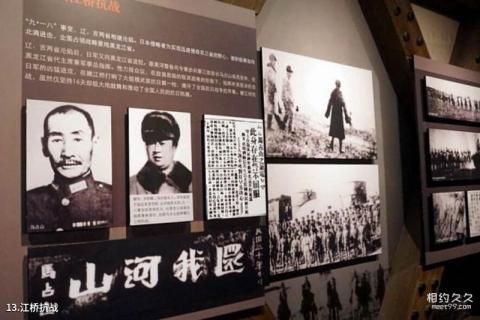
Introduction to the Jiangqiao Anti-Japanese War: After the September 18th Incident in 1931, the Japanese invading army quickly occupied Liaoning and Jilin and continued to invade Heilongjiang Province. At that time, the capital of Heilongjiang Province was Qiqihar. If the Japanese army wanted to occupy Qiqihar, they had to pass through the Nenjiang Bridge on the Taonan (Taonan) Ang (Angang River) railway. Ma Zhanshan, the newly appointed acting provincial chairman and military commander of Heilongjiang Province, deployed about 3 brigades of troops on the north bank of the Nenjiang River to guard the Nenjiang Bridge. On November 4, 1931, General Ma Zhanshan aroused the righteous indignation of the nation and fired the first shot of armed resistance against Japan at the Nen River Bridge. "With a brigade, he was the first to go to the national calamity." Although he was defeated due to being outnumbered, Jiang The Bridge Anti-Japanese War was rated as the first shot in the Chinese army's organized and led fight against the Japanese imperialist invaders, and was also rated as the first shot in the world's anti-fascist war.
